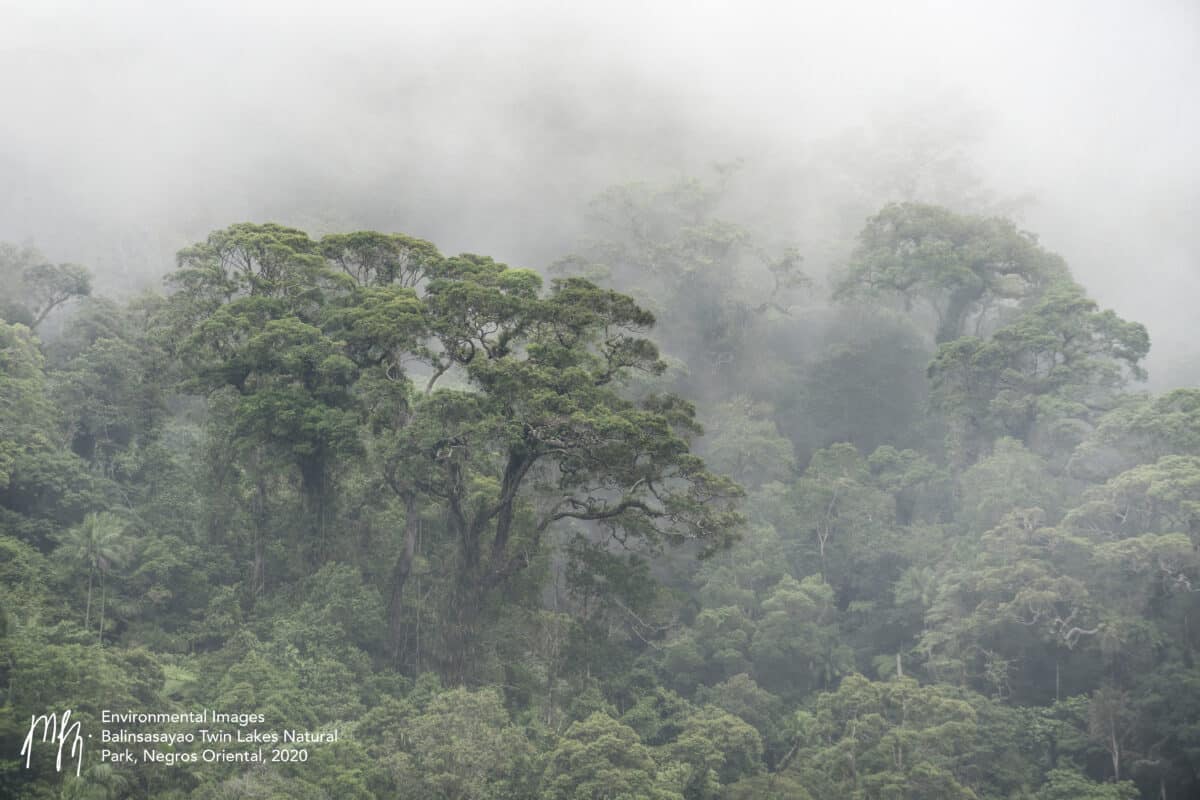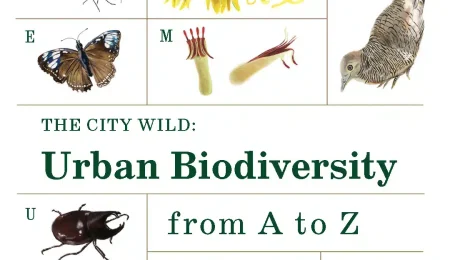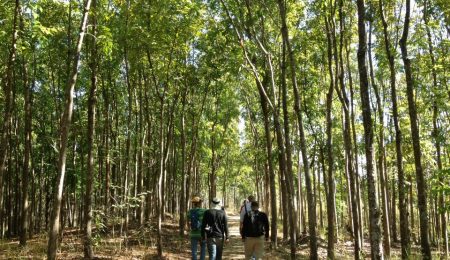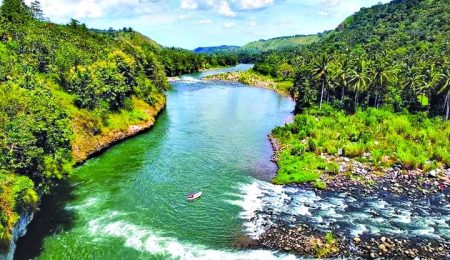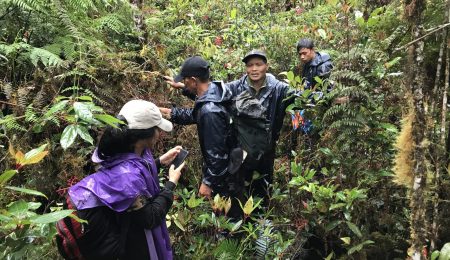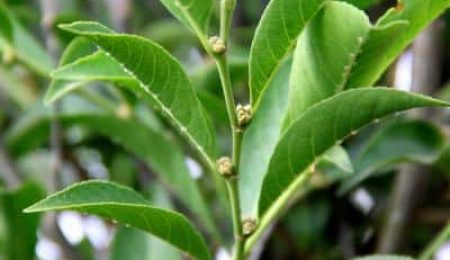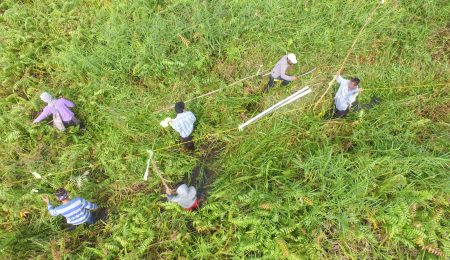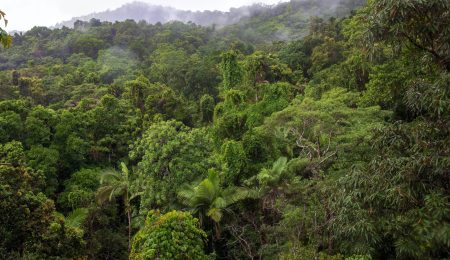Negros Island is one of the few places in the world where one can easily access a variety of habitats that play a vital role in the continuous explosion of plant and animal biodiversity. For millions of years, the distinct geographic features of the park have provided endless ecological pressures that somehow lead to the development of its remarkable eruption of life. Today, I consider the people of Negros Oriental and the entire Philippines lucky that most of us can witness a variety of ecological interactions that took generations to perfect.
Balinsasayao Twin Lakes Natural Park is one of the three natural parks on the island of Negros and is surprisingly the smallest of them all. If you combine the three existing natural parks of Negros Island, Balinsasayao Twin Lakes Natural Park covers only up to 7% of the total land area. However, even with the park’s relatively small size, it is still widely considered by some as one of the biggest stages for the continuous growth of floral and faunal biodiversity in the country and the entire world. It’s not surprising to hear stories about foreign guests who travel halfway around the world to witness the spectacle we have in Balinsasayao Twin Lakes Natural Park.
Today, approximately 278 identified residents and migratory birds seek refuge in this 8,000-hectare paradise. One of the iconic birds of Balinsasayao Twin Lakes Natural Park is the critically endangered Visayan Tarictic Hornbill, which can be found nowhere else in the world except the islands of Negros and Panay. Hornbills, together with some birds, feed on numerous fruiting trees in the area and naturally shape the landscape by dispersing their leftover seeds everywhere they go, allowing the next generation of trees to rise above its fertile ground. They literally act as gardeners of their own little world allowing the biodiversity of the rainforest to continuously thrive. Some birds exhibit distinct breeding and nesting behaviors. Some nest on cavities of tall old-growth trees, some birds nest on the ground, some build nests that contain certain characteristics that may be too odd for a bird to build, and many more. In addition to all that, small birds and some insects contribute to the vibrant scenery of the park by pollinating countless beautiful wildflowers, some of which can only be found on the island of Negros. What’s probably unbelievable is that birds even from the far corners of east China stopover to feed on available food before they continue their migratory voyage to the south.
Balinsasayao Twin Lakes Natural Park is not just home to numerous bird species, but it is also home to numerous mammals, reptiles, and amphibians. The rarest deer in the world, the Visayan Spotted Deer, roam the deeper parts of the forests although they have become very difficult, if not impossible, to spot nowadays. The endemic Philippine Sailfin Lizard, on the other hand, can be easily spotted along the lake’s shoreline but, they have been classified as vulnerable due to multiple pressures facing them. When you are lucky, you can sometimes spot a group of Philippine Macaques hanging around the giant trees around the area.
There are more plants and wildlife to mention. It’s just impossible to cover everything in one story. I only learned these things from the people who I met along the way when I was still trying to complete my project in photographing the rare Visayan Tarictic Hornbill. I have always thought that the project will only be about my target bird. To my surprise, I even found a better cause by learning that these valuable resources that the birds and other animals seek refuge are the very own resources we, the people of southern Negros, heavily rely on the most. Most of the clean water that the people drink comes from the lake and the continuous precipitation brought by the thick, dense untouched forests. Lake Balinsasayao and Lake Danao create a safer place for the multiple towns located around the volcanic peaks of Cuernos de Negros by maintaining the temperature of the volcanic landscape by continuously cooling the hot steaming ground. Balinsasayao Twin Lakes Natural Park is also a valuable source of income for the people in the communities through sustainable ecotourism. Water for irrigation, fresh air, climate stability, are just a few of the many wonders brought by this relatively small piece of land.
Again, Balinsasayao Twin Lakes Natural Park is only 7% of the total land area of all existing natural parks on the island of Negros, yet its impact on the megafauna, mega flora, and the people go far beyond our expectations. It comes to a realization that when you just give the natural world a chance to flourish, it does so in the most extraordinary way possible. I think it’s time for the people of Negros Oriental, especially the youth, to learn more about Negros’s biodiversity and to get involved in preserving the best of treasures on can find in a lifetime.
About the Author:
Matthew V. Fernandez is a 22-year old photographer from Dumaguete City. He documents the natural world, while learning the science behind each subject that he photographs. His goal is to share stories that help people appreciate nature, especially the local biodiversity of Negros Oriental. He graduated with a degree in Physical Therapy from Silliman University.
Disclaimer:
The views and opinions expressed in this article are those of the author and do not necessarily reflect the official policy or position of the Forest Foundation Philippines. Furthermore, the Foundation assumes no liability or responsibility for any inaccurate or incomplete information presented in this article.

